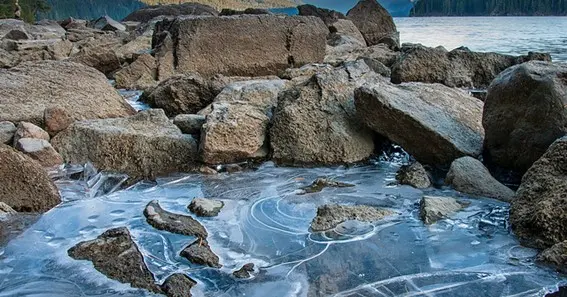Discover how climate influences the rate of weathering. Learn about the effects of temperature, precipitation, and environmental factors on physical and chemical weathering in this detailed guide.
Which Describes a Climate Effect on the Rate of Weathering?
The rate of weathering, whether physical or chemical, is profoundly affected by climate. Temperature and precipitation are the two most significant climatic factors that determine the intensity and type of weathering processes occurring in a specific region.
How Climate Influences Weathering
Temperature
- Chemical Weathering: High temperatures accelerate chemical reactions, making processes like hydrolysis, oxidation, and carbonation more active. For example, in tropical climates, the constant heat leads to rapid decomposition of rocks.
- Physical Weathering: In colder climates, temperature fluctuations around the freezing point cause freeze-thaw cycles. Water seeps into rock cracks, freezes, expands, and eventually fractures the rock.
Precipitation
- Chemical Weathering: High levels of precipitation provide ample water, a necessary component for chemical reactions. Areas with heavy rainfall, such as rainforests, experience more intense chemical weathering.
- Physical Weathering: In arid regions, low moisture limits chemical reactions but enhances thermal expansion and contraction, leading to physical rock breakdown.
Regional Variations
- Tropical Climates: Warm and wet conditions lead to accelerated chemical weathering.
- Deserts: Limited water hinders chemical processes but promotes physical weathering due to temperature swings.
- Cold Climates: Freeze-thaw cycles dominate, causing significant physical weathering.
The Role of Climate in Erosion
In addition to weathering, climate also plays a vital role in erosion by shaping the movement of weathered materials. For instance, heavy rainfall in humid climates increases runoff, which can transport weathered debris.
FAQ
- What is the primary climatic factor affecting chemical weathering?
- Temperature and precipitation are the key factors, with warm, wet climates promoting chemical reactions.
- How does freeze-thaw weathering occur?
- Freeze-thaw weathering happens in cold regions where water infiltrates cracks, freezes, and expands, causing the rock to break apart.
- Why is chemical weathering faster in tropical regions?
- Tropical regions have both high temperatures and heavy rainfall, which accelerate chemical reactions like hydrolysis.
- How does precipitation affect weathering rates?
- Higher precipitation levels enhance chemical weathering by providing the water necessary for reactions. In dry regions, precipitation’s impact is limited.
- Can climate change alter weathering processes?
- Yes, shifts in global temperature and precipitation patterns can change the balance between chemical and physical weathering in various regions.
Understanding how climate impacts weathering processes is crucial for geologists, environmental scientists, and anyone studying Earth’s changing landscapes. Temperature and precipitation remain pivotal in determining the type and rate of weathering, shaping the Earth’s surface over time. Understanding how climate affects weathering is crucial for studying landscape formation and the long-term changes in Earth’s surface.










